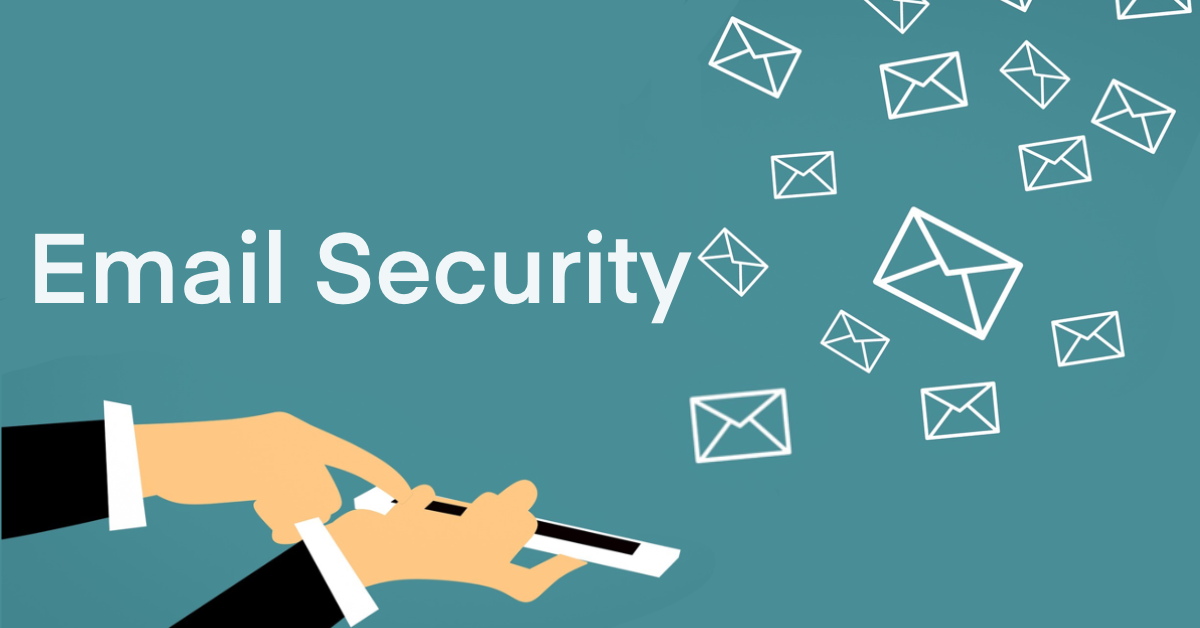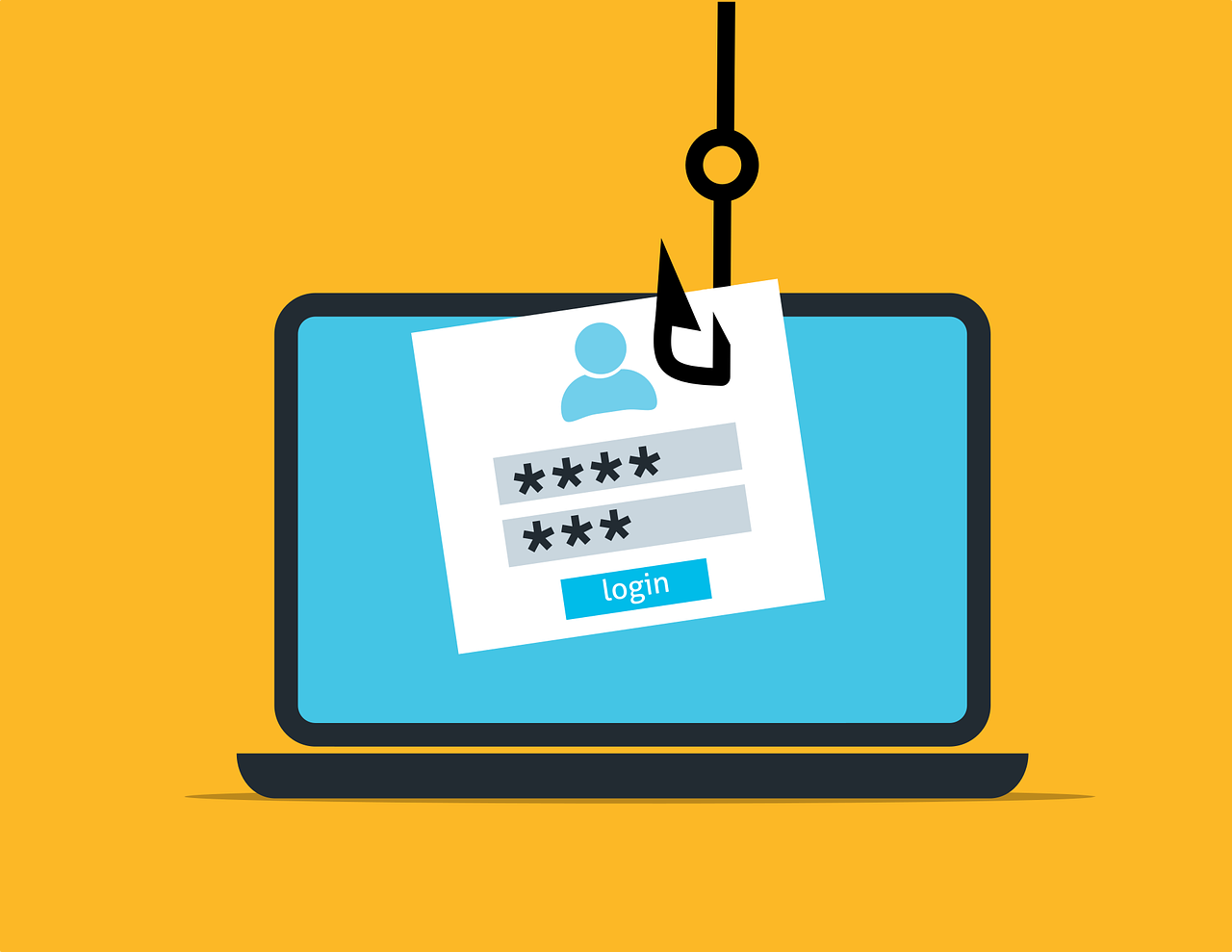SSL Certificate
Deploy an SSL certificate to enable HTTPS encryption of websites, trusted identity authentication and prevent against data leaks or tampering during transmission.
Get SSL Certificate >Blog > The Comprehensive Manual for Email Security and Best Practices
Tag:
Email Security
S/MIME Certificate
SSL Certificate
2743:0
CatherineApril 18 2023

Email is an essential tool for communication in our personal and professional lives. However, as cyberattacks happen more often, it's more important than ever to ensure email security and take steps to protect yourself and your organization from email-based threats.
This article will provide a comprehensive overview of email security for your understanding.
Email security refers to the measures that are taken to protect email messages from unauthorized access, theft, and other malicious activities. It involves implementing various methods and tools that ensure the confidentiality, integrity, and availability of email messages and the systems used to send, receive, and store them.
Email, the primary communication tool at workplace, has long been the go-to method for cybercriminals trying to infiltrate your organization. In fact, more than 90% of all cyberattacks start with malicious emails (Trend Micro). Having email security measures in place will:
Protect sensitive information: Email is often used to transmit sensitive information. Without proper security measures, this information can fall into the wrong hands and lead to identity theft, financial loss, or damage to a company's reputation.
Maintain business continuity: Email is a critical tool for communication in many businesses. A breach in email security can result in downtime, loss of productivity, and damage to a company's reputation.
Prevent against malware and cyberattacks: Email is a common medium for malware and other cyberattacks. Without proper security measures in place, users are at risk of having their computers and other devices infected with viruses, ransomware, or other malicious software.
Minimize attacks caused by human error: A large number of people fail to identify phishing emails and make mistakes that can harm their companies. Hence, email security reduces risks by ensuring that such emails do not even reach your mailbox.
Cyberattacks are always evolving, and hackers are getting more sophisticated and creative. They can always set a trap for you where you can't imagine. Once you fall into the trap, a lot of private information and data will be stolen. Therefore, it is extremely important to understand the most common threats.
Phishing: Phishing is a technique that cybercriminals use to trick users into providing sensitive information. They usually carry out this scheme by sending emails that seem to be coming from a trustworthy entity such as a financial institution or a social media platform, and asking the recipient to click on a link or provide personal information. These links direct the user to counterfeit websites that are made to look genuine but in truth, intended to pilfer personal information.
Malware: Malware is a type of software that is developed with the intention of causing damage to a computer system or network. Various forms of malware, such as viruses, Trojans, and ransomware, can be spread through infected email attachments or links.
Spam: Unsolicited email, commonly known as Spam, refers to the practice of sending bulk emails to a plethora of recipients without prior consent. Although not necessarily harmful in nature, it can be annoying and time-consuming to deal with. Moreover, certain spam messages may include deceitful attachments or links to spread malware, trick recipients into revealing personal information, and cause financial loss.
Botnets and DDoS: A botnet is a network of computers or devices that are under the control of a malicious actor or a hacker. These devices can be infected with malware that allows the hacker to control them remotely and use them to carry out various types of cyberattacks. Botnets are also used in distributed denial of service (DDoS) attacks that attempt to send out a massive amount of emails to a targeted organization, causing the email server to crash.

NicSRS recommends that the best two ways are to use S/MIME certificate and enable SMTP based on TLS/SSL security protocol.
S/MIME Certificate: It can digitally sign and encrypt emails. The sender can choose the signature and encryption function before sending the email, and only the intended recipient can read the email by decrypting it with the paired private key. The S/MIME certificate can ensure that the mail will not be intercepted and tampered with during the entire transmission process.
Pros of S/MIME Certificate:
Easy installation. Users can configure and install S/MIME certificates by themselves without administrator involvement.
End-to-end encryption. The S/MIME certificate solution enables end-to-end encryption. The entire process of email information from your email client to the receiver's S/MIME firewall is encrypted. Therefore, even if your email is stolen, the email information is still encrypted, and others still cannot read the content.
Low cost. Users can use an S/MIME certificate for an annual cost starting at $10. (Please refer to the official website for specific prices.)
Please note: Each S/MIME certificate is for a specific email account.
Usually it’s valid for one to three years.
The old certificate must also remain on your client to decrypt and read past emails.
Reading S/MIME encrypted emails on a mobile device also requires a certificate to be installed.
Enable SMTP based on TLS/SSL security protocol: Another solution to ensure email security is to install a commercial-grade TLS/SSL certificate on the email server or host, such as sslTrus. Sectigo, Globalsign, Digicert and other CA certificates, to protect the SMTP domain name. Installation and configuration only needs to be handled by the mailbox administrator. Adopting this solution can keep the data transmitted between your infrastructure (such as a mail server) and the recipient safe, and prevent man-in-the-middle attacks from intercepting your messages. This program requires completion of necessary tests.
Pros of enabling SMTP based on TLS/SSL security protocol:
Save money and time. After successfully completing the certificate configuration, your entire email address is secure. If there are a large number of mailbox users who need secure communication, choosing a mail server certificate (that is, an SSL certificate) will greatly reduce the cost of certificate purchase and configuration time.
No end user involvement is required. All certificate configuration steps are performed on the mail server without end user intervention. Additionally, end users can send emails as usual.
Please note:
Do not use self-signed or private CA-signed certificates. In addition, both the internal email system and external hosted email must deploy SSL certificates to ensure email encryption and security.
If it is an internal mail system within an enterprise, the process may take 1-3 days, from certificate purchase, verification, issuance, to acquisition, and then another several hours to complete certificate configuration, installation and testing.
If the corporate mailbox is hosted by a third party, it may take more time to complete the certificate configuration, since this process requires the coordination and assistance of the third party.
Of course, the most perfect solution is to combine the two, that is, to deploy an SSL certificate on the mail server to ensure that the mail is protected from interception and prying, and then install the S/MIME certificate on the email client to ensure that the mail content is securely encrypted both in transit and at rest.
In addition to above mentioned, you may also take the following measures as you can never be too cautious.
Enable two-factor authentication: Two-factor authentication adds an extra layer of security to email accounts by requiring a second form of identification, such as a code sent to a mobile device or an authentication app.
Keep software up-to-date: Ensure that your email software, operating system, and antivirus software are up-to-date to protect against known vulnerabilities.
Be extremely careful about opening attachments. If possible, scan any email with an attachment before you open it, especially if it is from someone you don’t know. Nine out of ten viruses or malware get on to computers via attachments.
Email security is essential in today's world, where cybercriminals are constantly looking for ways to access sensitive information. As a leading email security service provider, NicSRS provides multi-brand enterprise S/MIME certificates and SSL certificates, which you can purchase on demand. If you have any needs, you can always contact NicSRS, we can customize email security solutions according to your needs.
RELATED
2025-12-04 11:44:39
2025-11-27 13:34:03
2025-10-22 15:01:21
2025-10-16 11:03:19
2025-10-10 14:02:04
Categories

Free SSL Tools
Top Posts
Comments